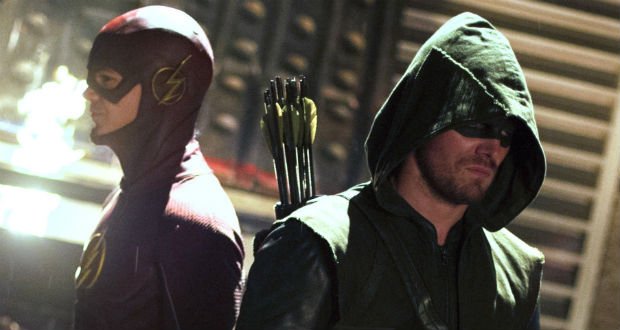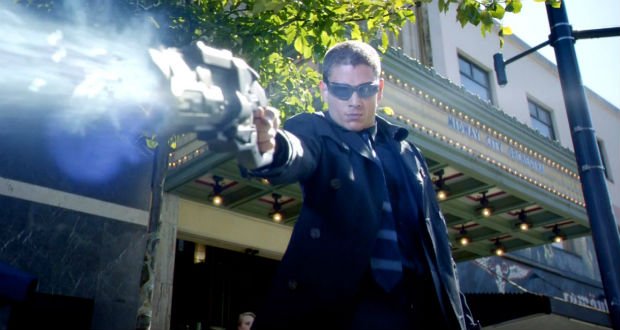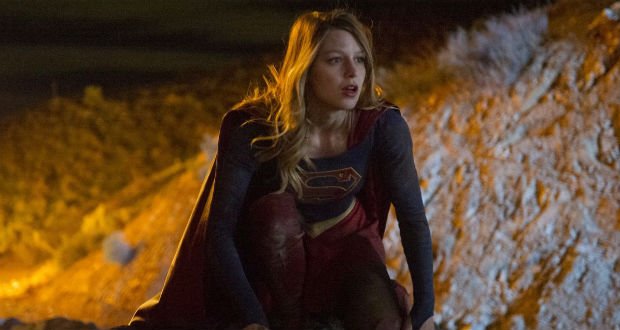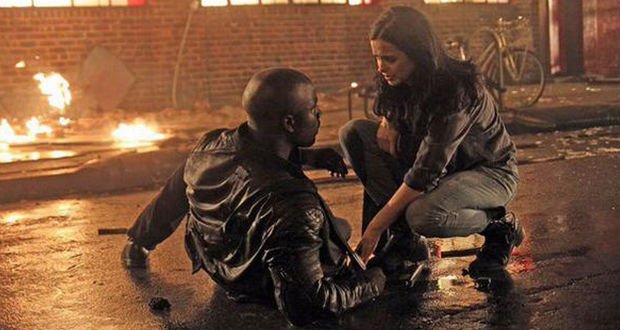Why DC has overplayed its crossover card when it comes to the small screen

Comic book fans and TV lovers have got a lot to be thankful for right now, especially when 2016 rolls around bringing with it Westworld, Preacher and Outcast. Anyone with even a hint of understanding about the DC Comics universe should also be feeling a little smug, thanks to the CW’s ridiculously expensive Legends of Tomorrow project – a spin-off and crossover platform for the CW’s existing successful shows The Flash and Arrow.
But here’s where some fans ask for a pause. For years readers of the original DC Comics have been grumbling about an over reliance on crossovers – a kind of bandage to plug holes in plotlines and character development under the guise of an exciting multi-character arc. As far as many are concerned, DC’s TV universe – especially where the CW network is concerned – is falling into this sticky trap too, with crossovers being used left, right and centre.
Of course, crossovers sound great in theory. When two or more of our favourite characters appear in a single episode its normally fun to see how they interact, but it’s also good for ratings, which makes crossovers – no matter how ill-conceived – a fantastic proposition for networks.
The problems started with Arrow – a show that excelled in its first and second seasons only to take a tumble in its third. The second season of Arrow contained what is essentially a two-part pilot episode for The Flash, where Barry Allen comes to Starling City as a forensics expert. This essentially sets up the official pilot of The Flash, which also included an Arrow cameo. This was then followed by a ‘true’ crossover in The Flash season one episode eight and Arrow season three episode eight, essentially pitching the two shows on a concurrent timeline.

This makes sense so far, but with villains interacting across both shows and secondary characters dipping in and out it’s difficult to focus. Add to this the fact that some fans have recommended watching the first two seasons of Arrow followed by alternating episodes of season three of Arrow and the first season of The Flash, ignoring the two occasions where the shows are significantly out of sync. From Arrow season three episode nine, the show pulls ahead ofThe Flash’s timeline slightly, giving us all a chance to say ‘why?’
And the situation is guaranteed to get more anti-climactic and confused thanks to DC’s Legends of Tomorrow, which looks incredible, but is packed full of pre-introduced characters and references (and cameos) from The Flash and Arrow. Now all three shows will lack any kind of creative independence.
This is especially confounded by executive producer Greg Berlanti who looks after all three shows (and CBS show Supergirl). His promise to turn the three CW shows into a complex comic book world – a first for TV – is admirable, I’m just not sure it’s going to work. And if it does work, kudos, but it’s almost definitely going to be at the expense of solid, consistent and accurate storytelling that gives each leading character the chance to shine in their own rights. The words ‘slippery’ and ‘slope’ come to mind.
Get sneak previews, exclusive competitions and details of special events each month!
In fact, early reports on Legends of Tomorrow suggest that it is going to follow an anthology-style progression, meaning that characters could get their own long-running arcs or even whole series to themselves. This will again lead to under-developed characters – especially if the show is as expensive as initial report claim.

The fact that this is all a big network ploy is kind of confirmed by Supergirl . It may be Greg Berlanti at the helm, but CBS has made it clear that Supergirl is going to develop on her own (at least initially) without the more established worlds of The Flash and Arrow muscling in. In fact, CBS has even ruled out the possibility of an adult Superman crashingSupergirl’s party. Instead, they’re on the lookout for a 13-year-old to play a young Kal-El.
The shared universe dream harboured by CW is also going to face competition thanks to DC’s movie train, which is, pardon the pun, moving faster than a speeding bullet. A big red no-go zone has been drawn on Harley Quinn, Green Lantern and Booster Gold as the film franchises tackle those – meaning crossovers are always going to be lukewarm and repetitive at best.
The other major gripe with crossovers is the way they infect the minds of the most diligent fans. Rumours of NBC’s Constantine being resurrected in Arrow or The Flash is a ridiculous pipe dream that’s done the rounds, as was the ‘reported’ reference to Queen Consolidated on Gotham. The fact that a ‘Q’ on a skyscraper in a show that’s so vastly different from the CW universe could in fact be a link to the wider DC universe was quickly crushed by producer Dany Cannon.
And what about Marvel? So far its managed to stay relatively crossover-free when it comes to TV, instead elevating its shows to a much more effective format on Netflix. Yes, Claire Temple makes an appearance in both Daredevil and Jessica Jones, but as a secondary character, so I can let this slide. However, Luke Cage was anything but a secondary character, which leaves me feeling nervous as to whether Netflix/Marvel is taking the greedy spin-off approach giving him his own show as well.

Daredevil is also welcoming Elektra and Bullseye to its second series, so should we just pencil in an Elektra spin-off for 2017... the predictability is painful. Plus, there’s more woes with an Agents of S.H.I.E.L.D spin-off focusing on Lance Hunter and Bobbi Morse in Marvel’s Most Wanted in the development stages.
So far Marvel had been clever about its spin-offs, crossovers and even vague mentions to the ‘big green guy’ or ‘what happened in New York’, but it seems much of this subtlety is being thrown out the window. If Marvel’s Defenders featuring Daredevil, Jessica Jones and Luke Cage materialises we’ll just have to hope and pray it's done as well as its big screen collaborations.
Forget films for a second, because when it comes to TV – stories we’re expected to stick with for a whole year – crossovers are just an anti-climax designed to draw in crowds and, probably, confuse the crap out of us. Fortunately, new rumours suggest that once Legends of Tomorrow airs the spin-off crossover machine will go on hiatus. How long will it last? Until the ratings drop, of course.
Images: CW/CBS/Netflix



